Learn a new Ukulele chord every day of the year. The chord for February 9th is Cadd9sus4
Learn a new Ukulele chord every day of the year. The chord for February 9th is Cadd9sus4.
Don't let the wacky name of this chord scare you off. Think of it as a C major chord with some spices thrown in. A chord's name has the building instructions in it. The C or letter name of the chord is a basic major triad, the most common chord type and so common the name major is seldom said or written. The add, as it implies adds a 9 or D to the chord and the sus tells us to suspend the third E of the chord and raise it to the fourth F. The note of the Cadd9sus4 chord are: C F G D. This chord can typically be a substitute for C in the right harmonic context.
Today's chord might also be called Cadd9sus4 and/or — the list can go on and on with more and more obscure chords. It all depends on the harmonic situation and the chord's harmonic function that it is being used in that determines the name of the chord. A bass player can change the function of a chord with the bass note they play, as that can be perceived as the root or letter name of the chord. Bass players have extreme harmonic powers, and they can use it for good or evil.
What's really useful is you don't have to learn a new fingering or voicing for other same shape chords when they come up. If you recognize the chord as another chord that is common in your repertoire, you can re-use it in the current context.
Here is a cool, fun exercise: *7alt —alt
, short for alteration. This is telling you that you are free to create the seventh chord with any upper partial extension ( 9th, 11th, 13th) and any alteration(s) that you would like: ♭9, ♯9, ♯11, ♭5, ♯5, ♭13. An example would be C7alt, the base C7 is C E G Bb – the 1 3 5 ♭7. You're free to add D♭, D♯, F♯, G♭, G♯, A♭. So your possible notes available are: C D♭ D D♯ E F F♯ G♭ G G♯ A♭ B♭. Notice B, the major seventh is NOT available. So, bottom-line is — if your chord does not contain a major seventh, you can justify every other note you are playing.
So when it comes to that dominant seventh chord or tri-tone sub resolving to what would be its I chord. And, if you don't know what to play, grab any shape and go for it. You have a 1 in 12 shot of hitting that major seventh, which would be really hard to justify a B7alt — B is the major seventh.
Including the 3rd and b7 goes a long way in keeping the intent of the base 7th chord. So, you have tow more noes to muck around with — BUT NOT the major seventh. Walk over to any piano and play the two-white keys together, and you get the why.
Movable Ukulele Chords Lesson Series page.

 Understanding a Chord Diagram
Understanding a Chord Diagram
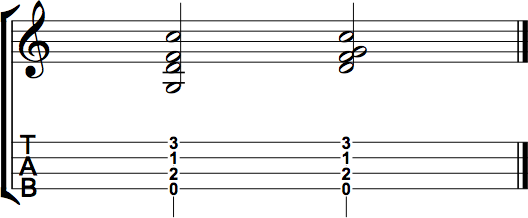
Gvariations
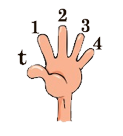 Although additional fingerings are possible for many chords, fingering for any given chord depends on the science of how our fingers work and on the harmonic context the chord is being used in—what was the previous chord, and what's the next chord? The goal is to play all the notes right behind the frets when possible. Remember, longer fingers can reach the lower strings better, and finger two can stack on finger three, and finger three can stack on finger four.
Although additional fingerings are possible for many chords, fingering for any given chord depends on the science of how our fingers work and on the harmonic context the chord is being used in—what was the previous chord, and what's the next chord? The goal is to play all the notes right behind the frets when possible. Remember, longer fingers can reach the lower strings better, and finger two can stack on finger three, and finger three can stack on finger four.- 0 2 1 4
- 0 3 2 4

chordthat, at its foundation is not a chord but a DYAD.

Related Lessons, Videos, Lesson Series, Songs, Books & Reference Charts, Resources & Assets, Workshops are below.
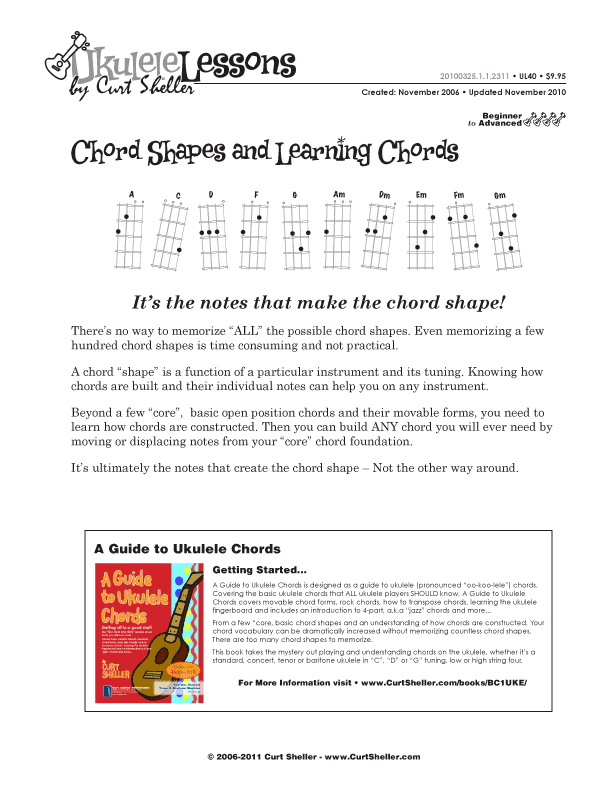
Pick up any chord dictionary, and one thought that should go through your mind is - TOO MANY CHORDS There is now way to memorize all those shapes. It would be better off learning how they came up with all those shapes. Most chord dictionaries are also just like pages transposed to all possible keys.
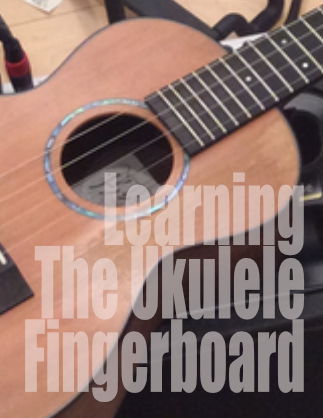
Most players struggle with learning the names of the notes of the ukulele fingerboard. There doesn't seem to a pattern and notes repeat. There is an easy way and "it's easier that you think." Most players know the names of the open strings for their favorite tuning.
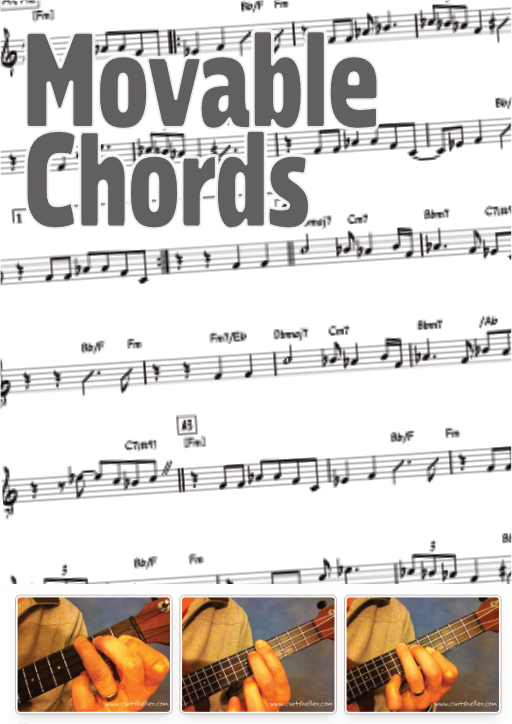
A series of weekly ukulele lessons originally presented throughout 2007 on movable ukulele chords as the "Ukulele Chord of The Week Series". Based on the Ukulele Chords book by Curt Sheller (me). It takes the open position chords and shows the movable form and the variations.
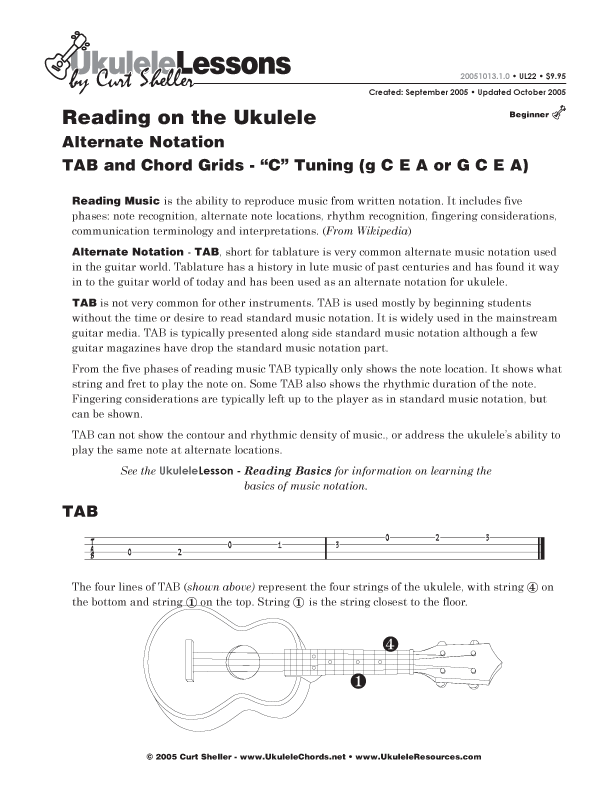
"TAB" or "Tablature", is an alternate form of musical notation, which tells players where to place their fingers on a particular instrument rather than which pitches to play. TAB is sort of a secret language between guitar players and ukulele players. Although a shortcut to getting started it actually serves to alienate one from the rest of the music world.
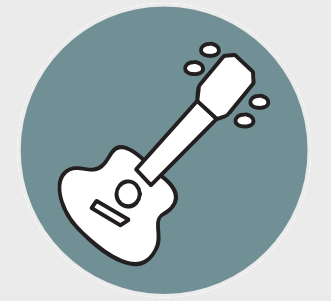
For music and learning an instrument like the ukulele or guitar, it's all about the making the connection between your Mind, your Hands, and your Ear. When listening to music, we enjoy it at the tempo the composer or artist intended, in real time. Only the ear is involved in listening. This is passive listening and you're simply enjoying the music. This is what we do every day and it's what draws us to want to learn a musical instrument.
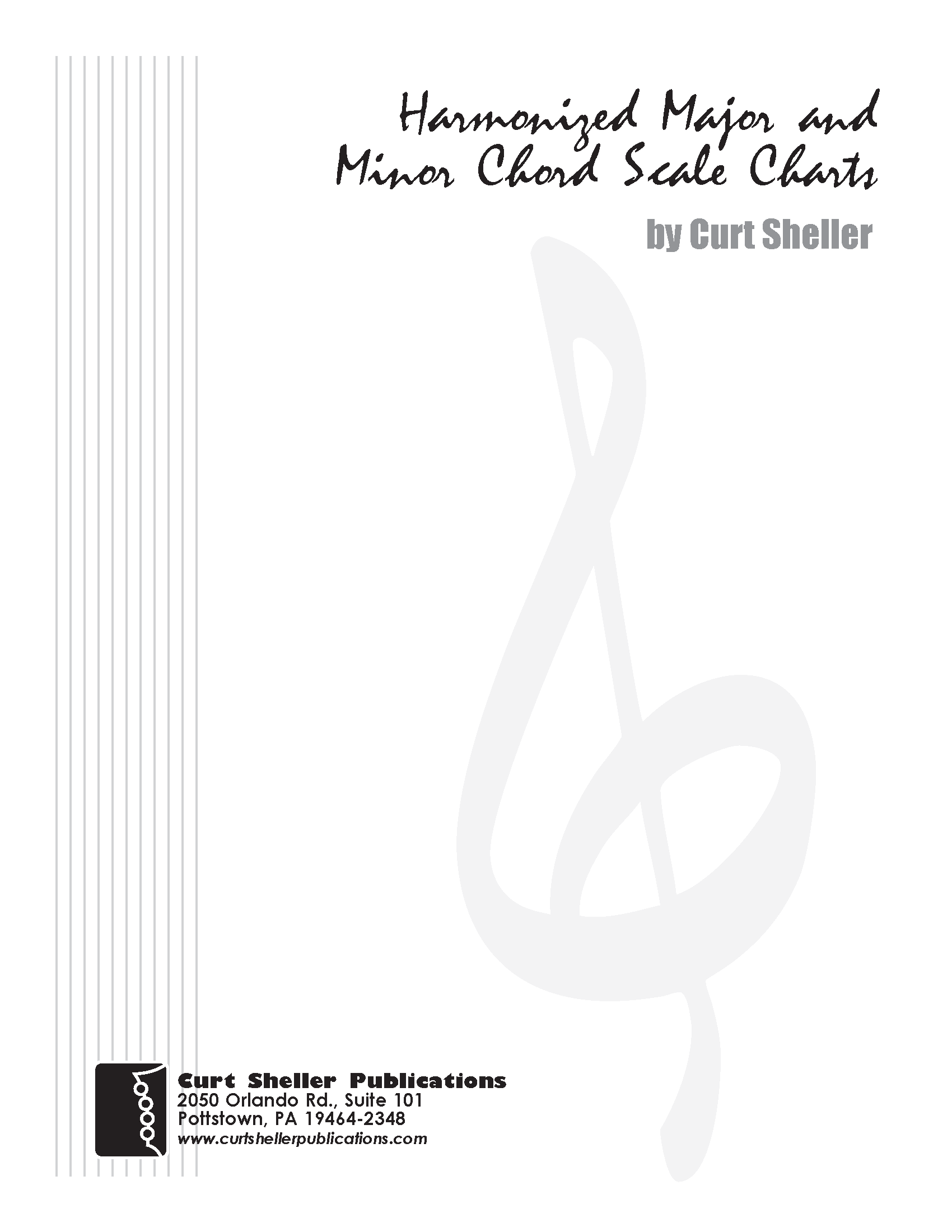
The "Major Scale" or Ionian scale is a diatonic scale, made up of seven distinct notes, plus an eighth which duplicates the first one octave higher. In solfege these notes correspond to the syllables Do, Re, Mi, Fa, Sol, La, Ti/Si, (Do), the Do in the parenthesis at the end being the octave of the root.
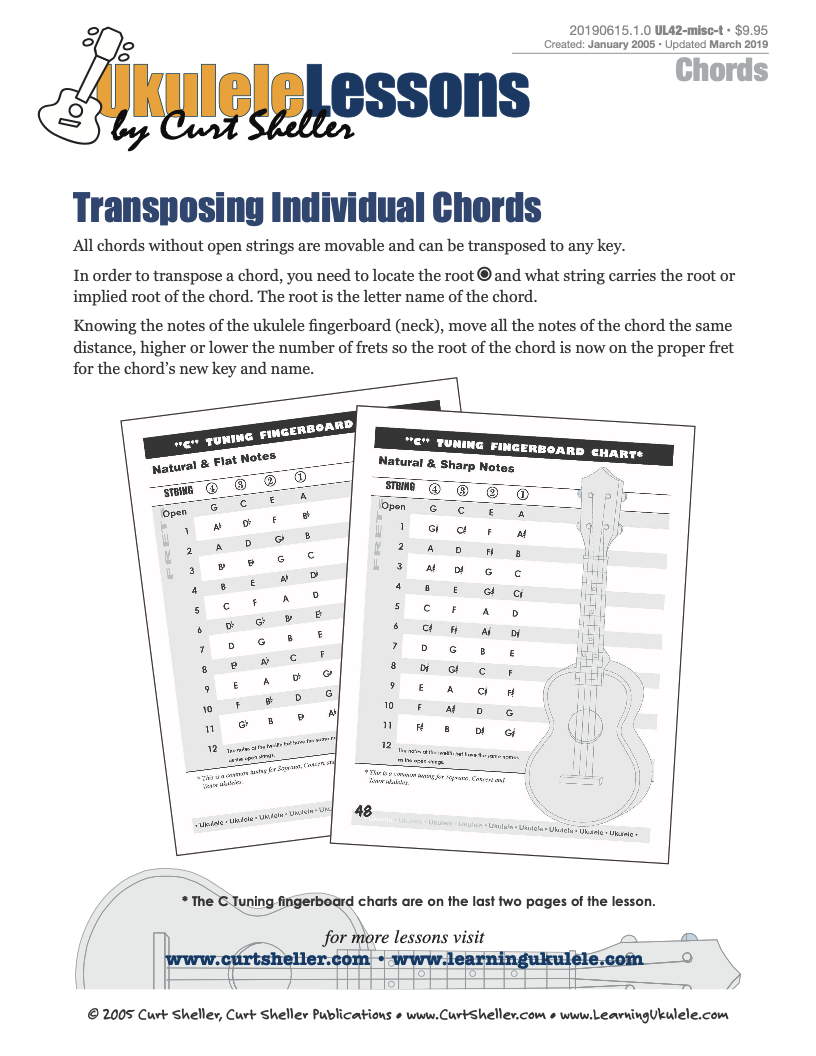
"Transposition" is the process of moving a note, chord, scale or any musical passage from one key to another key. All music can be transposed, from a single note to a complex musical score. This lesson deals with transposing chords on ukulele and transposing chords.

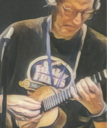
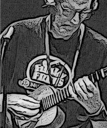

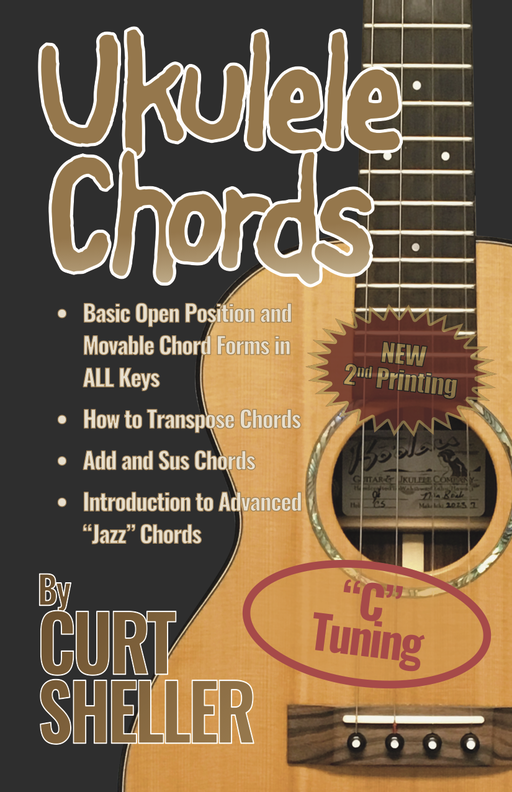
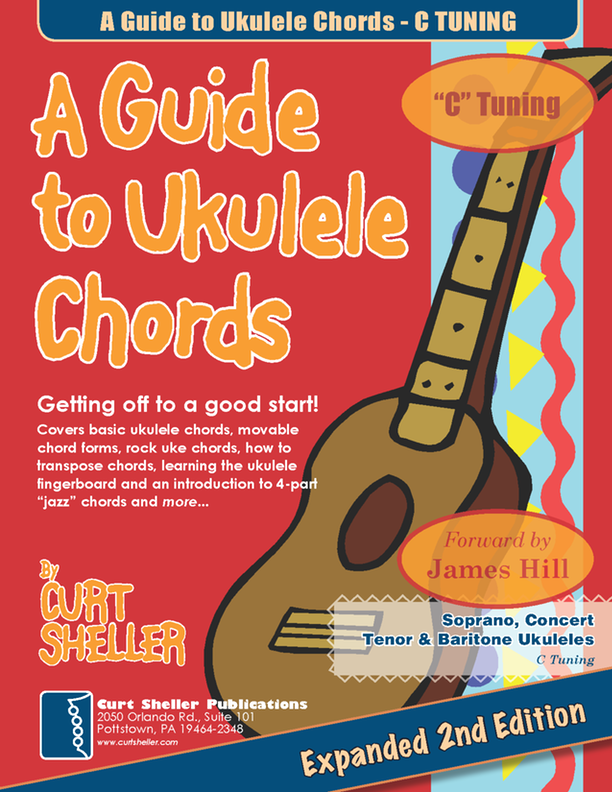
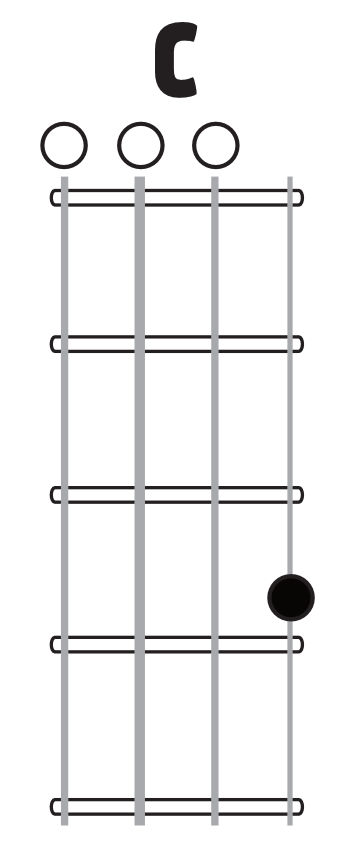
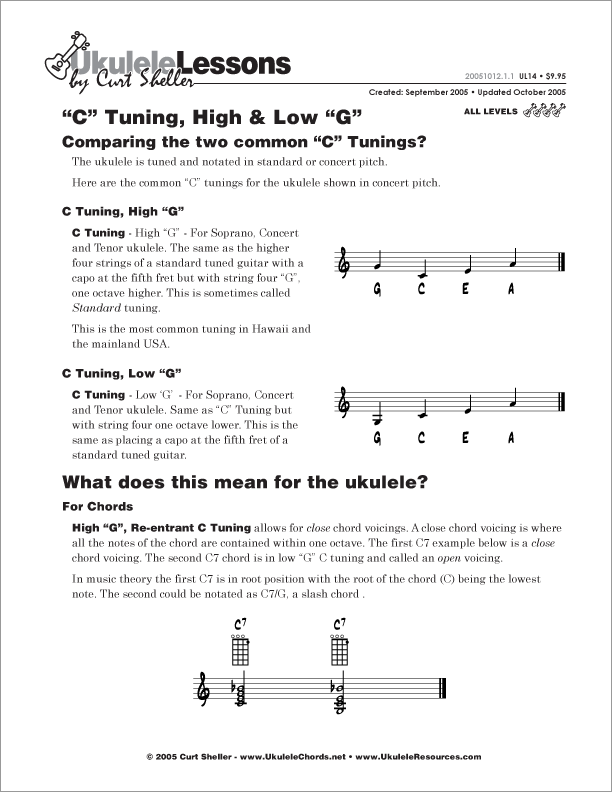
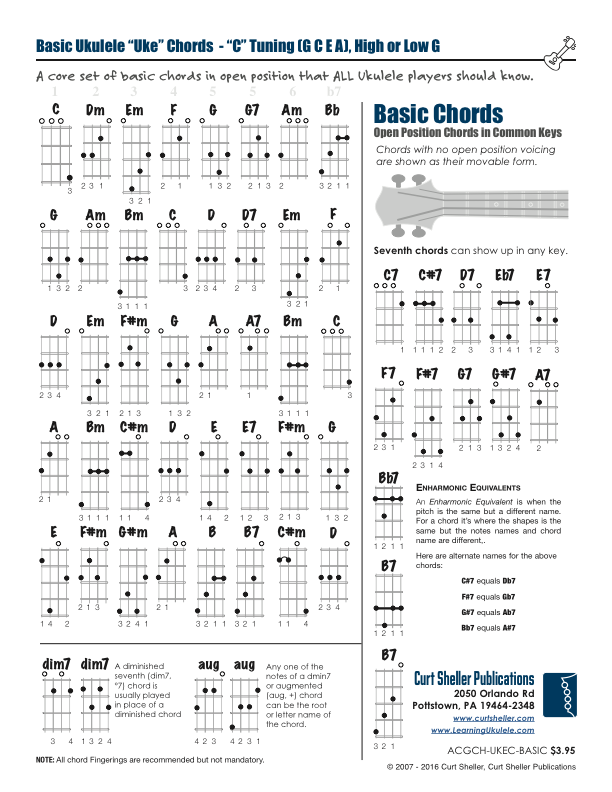
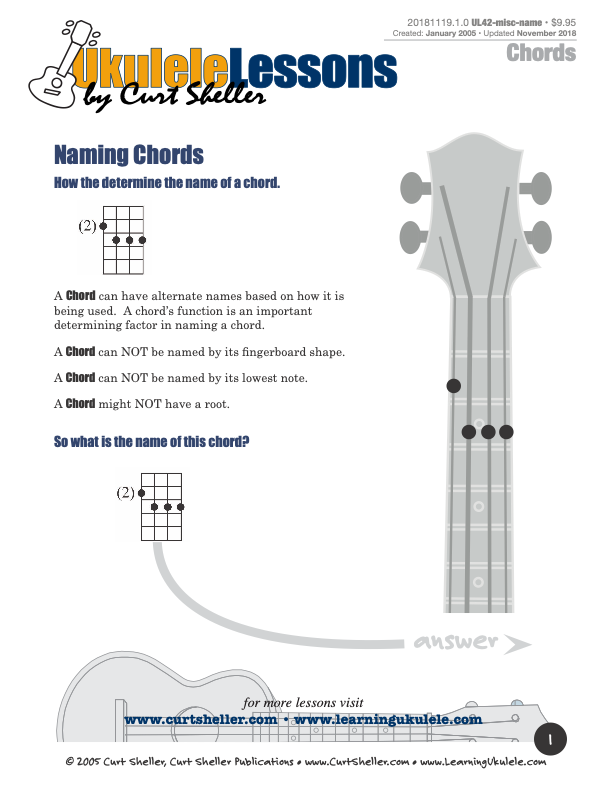
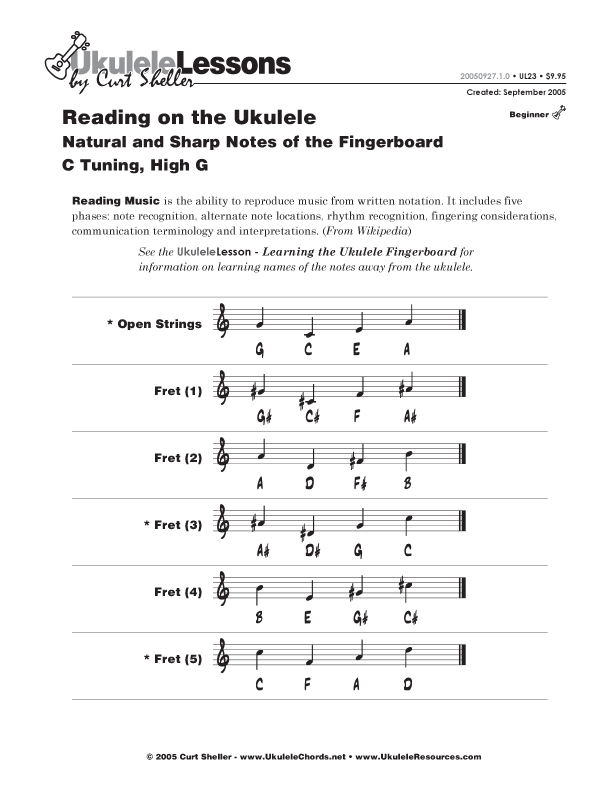
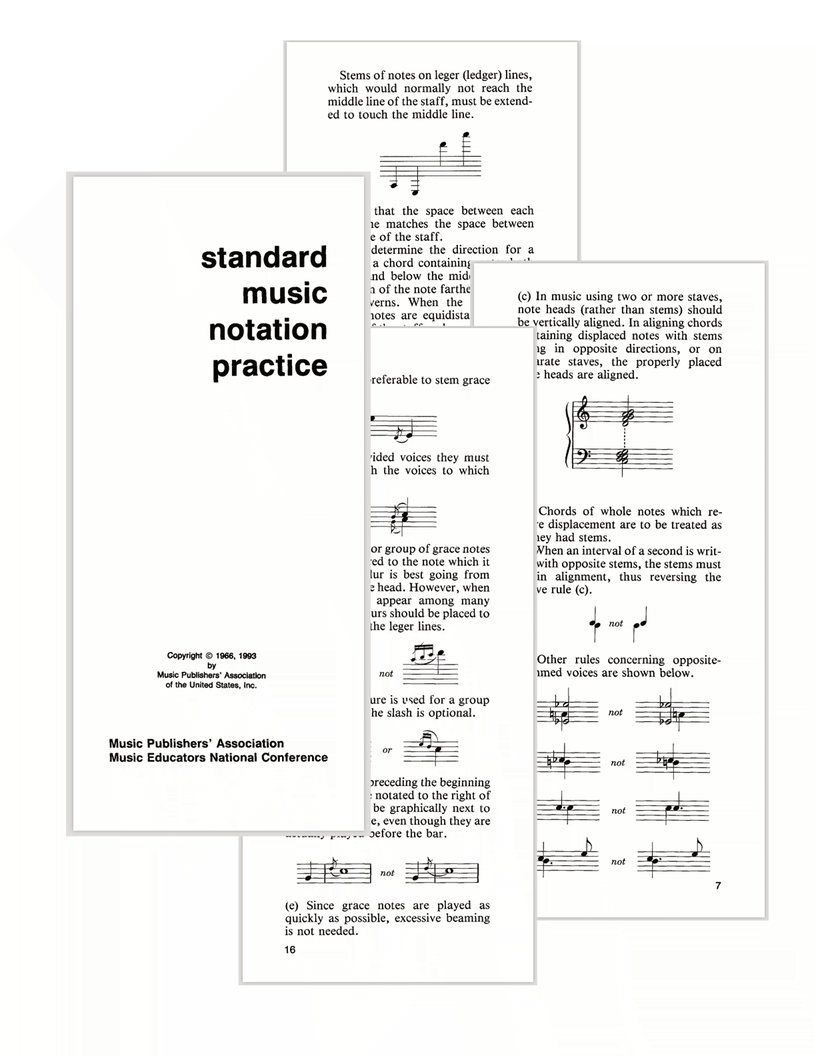
.jpg)